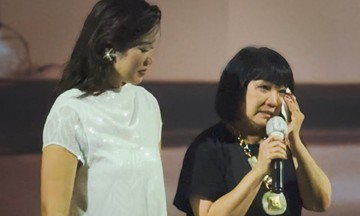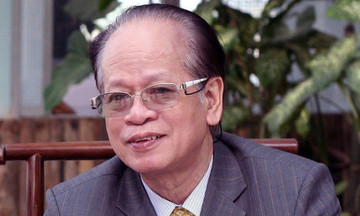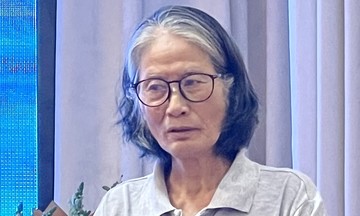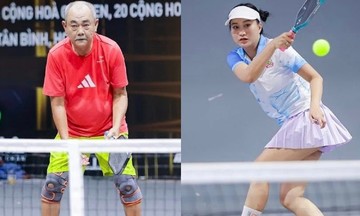According to a brand representative, a key differentiator in Uniqlo's jeans production is its use of advanced laser technology, which replaces manual processes in creating the "vintage" effect. Traditionally, manufacturers used abrasive tools and extensive washing, consuming large amounts of water and exposing workers to dust and chemicals. Now, laser technology can etch patterns, washes, or faded effects onto the denim surface, resulting in a realistic three-dimensional color effect while preserving the fabric's durability.
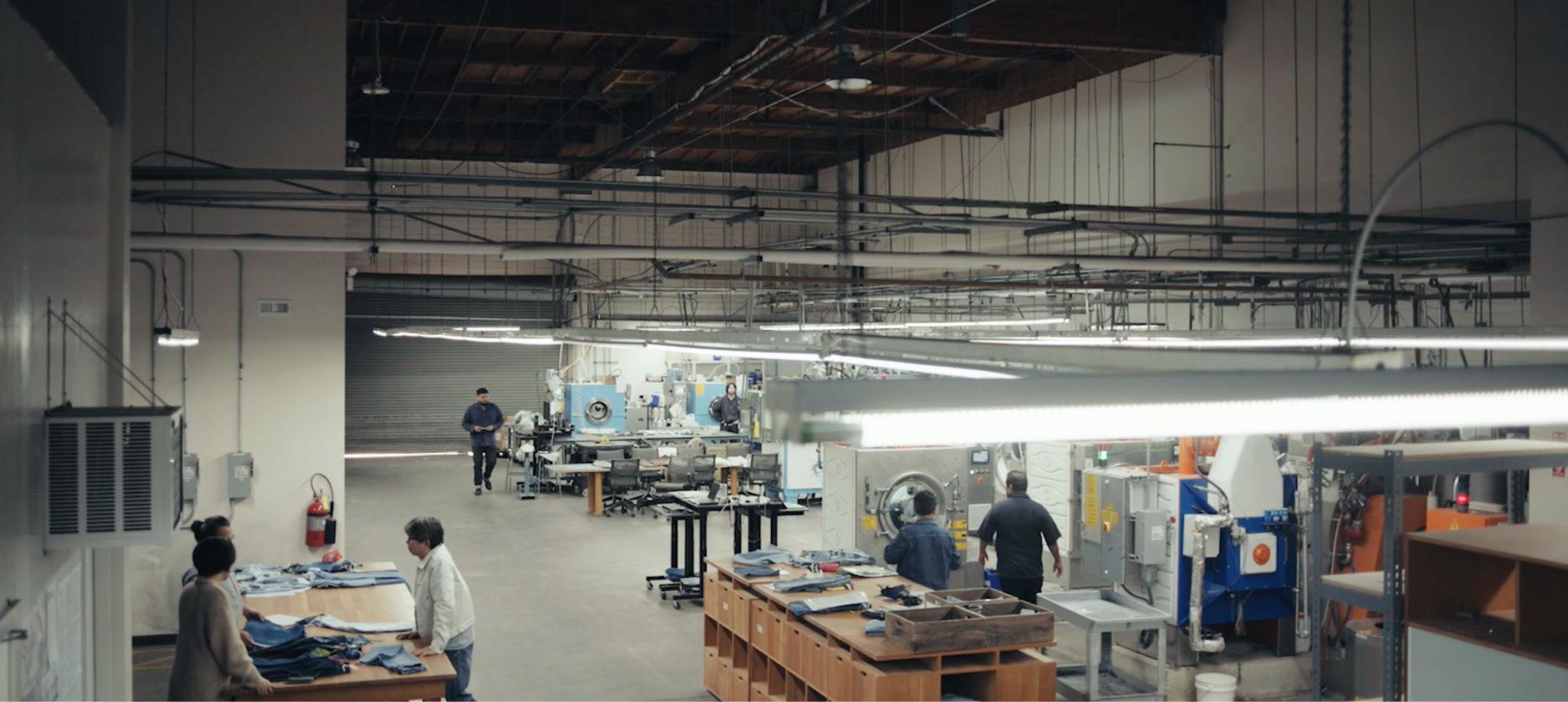 |
Inside Uniqlo's Jeans Innovation Center (JIC) in Los Angeles. Photo: Uniqlo |
Inside Uniqlo's Jeans Innovation Center (JIC) in Los Angeles. Photo: Uniqlo
To minimize its environmental impact, Uniqlo maintains strict control over its entire production process, from raw materials to the finished product. The brand selects sustainably sourced cotton, cultivated using methods that reduce water and chemical usage, thus protecting the ecosystem and the working environment of farmers. This forms the foundation for creating high-quality, eco-friendly denim.
The Japanese fashion retailer also collaborates with Kaihara, a leading denim manufacturer that supplies durable, high-quality denim to many renowned fashion brands worldwide. One of Kaihara's specialized techniques involves dyeing the fabric while keeping the core of the yarn white. This creates depth and a subtle vintage effect in Uniqlo's jeans.
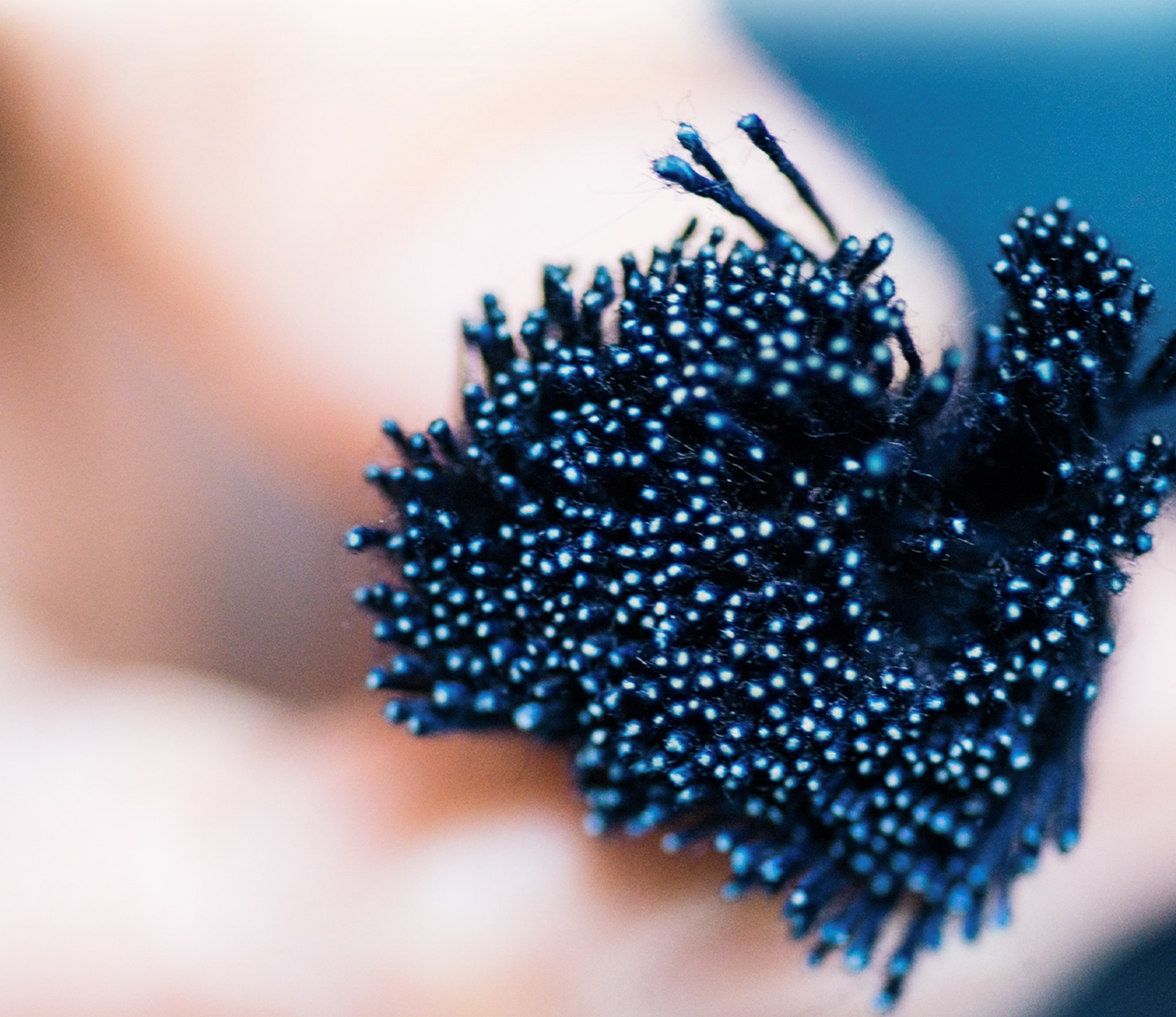 |
Kaihara's dyeing technique preserves the white core of the yarn. Photo: Uniqlo |
Kaihara's dyeing technique preserves the white core of the yarn. Photo: Uniqlo
Kaihara adheres to stringent standards to ensure the durability and quality of its fabrics. Factors like texture and aesthetics are also overseen by skilled artisans with a keen eye for detail. They prioritize elasticity and durability, conducting thorough research and testing. This commitment to feedback and continuous improvement is reflected in the quality of Uniqlo Jeans.
Through modern technology and a sustainable, integrated production process, Uniqlo consistently delivers high-quality jeans. "Technology allows Uniqlo Jeans to offer a unique experience: superior quality at an accessible price, suitable for everyday wear," a company representative stated.
Uniqlo is continually developing its jeans and improving its denim through research at its Jeans Innovation Center (JIC), established in 2016 in Los Angeles. Based on the "3F" principles - Fabric, Fit, Finish - international experts at JIC strive to enhance the quality and value of their jeans.
With jeans, the material dictates comfort. JIC's classic straight-leg jeans are made from 100% cotton, slow-woven for durability, while the relaxed-fit jeans, with 59% cotton and 41% polycel, offer a lighter feel for women. The fit of Uniqlo's jeans is also tailored to suit the Vietnamese market.
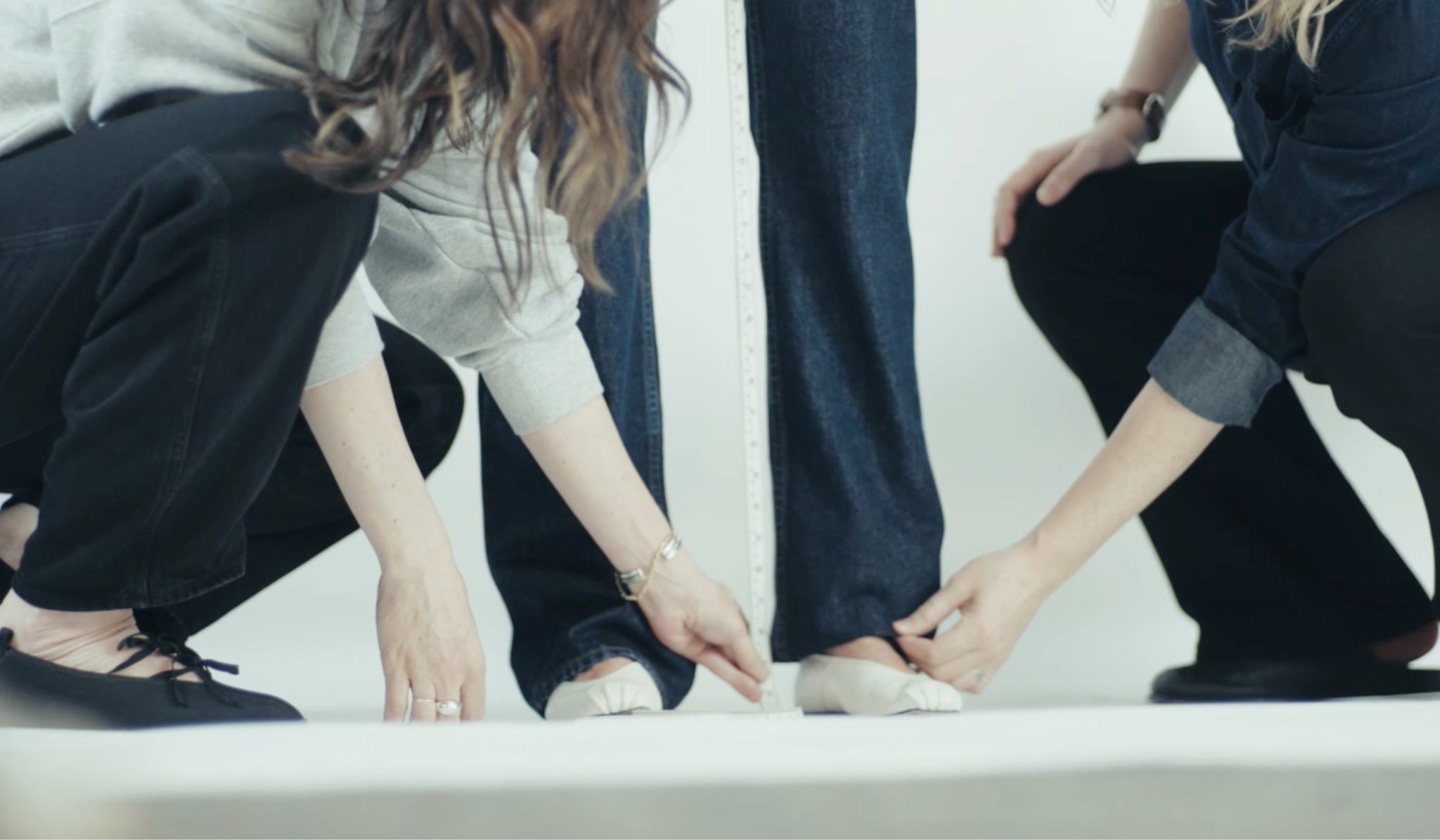 |
The fit of Uniqlo's jeans is meticulously refined. Photo: Uniqlo |
The fit of Uniqlo's jeans is meticulously refined. Photo: Uniqlo
JIC preserves the essence of jeans while integrating advanced technologies and materials, from yarn development to the finished product. Experts believe that good jeans are not just about design and comfort but also about sustainable production that respects the environment and workers' rights. Therefore, JIC develops processes like laser cutting and resource-efficient washing and drying techniques, implemented in Uniqlo's partner factories worldwide.
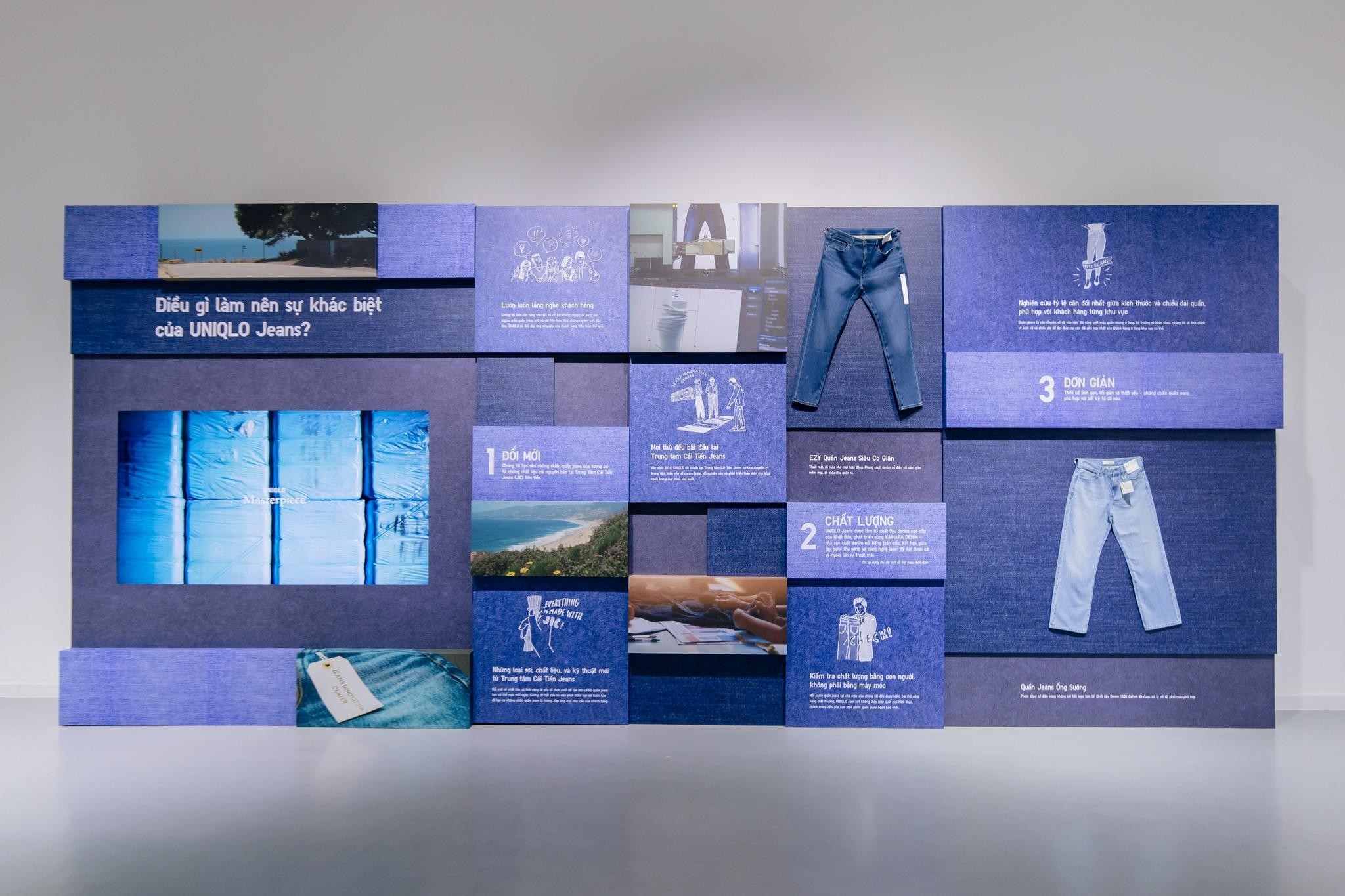 |
The enduring difference of Uniqlo Jeans. Photo: Uniqlo |
The enduring difference of Uniqlo Jeans. Photo: Uniqlo
Jeans originated in the late 19th century when Levi Strauss and Jacob Davis patented riveted denim pants in 1873. Initially worn as workwear due to their durability, jeans later became a cultural icon, symbolizing freedom and individuality. For over two centuries, technology has played a crucial role in their evolution, from the use of industrial sewing machines for mass production in the 19th century to indigo dyeing techniques for the signature blue color and the addition of spandex in the 1970s. More recently, laser and ozone technologies are used for denim processing, creating aesthetic effects and reducing water consumption.
Thanh Thu





